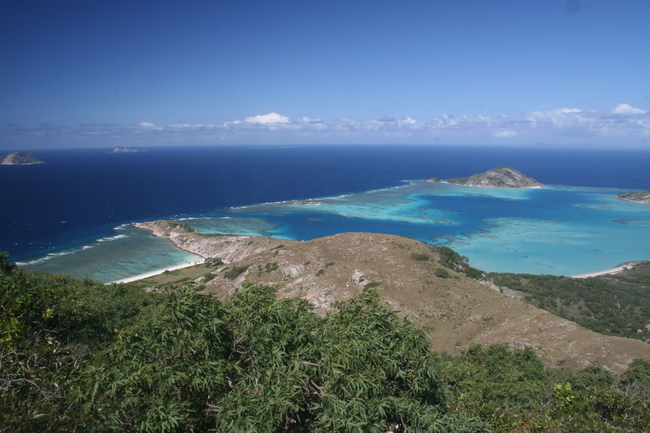05.11.2018 | From 1 to 2 November, the Leibniz Centre for Tropical Marine Research (ZMT) hosted a two-day conference on tropical coral reefs in the Bremen House of Science. At the "CAPTURE Colloquium", international scientists reported their research findings on the value of coral reefs, their protection and the restoration of these fragile ecosystems. Events for the general public, such as a 360 ° film show, a photo exhibition on coral reef animals, and sculptures by high school students exploring the subject of plastic pollution in the oceans complemented the scientific part of the conference.
Follow this link for CAPTURE Colloquium Programme
Almost a third of coral reefs worldwide are already considered severely damaged due to human activity. Climate models predict that around 90% of all reefs will die off due to bleaching by the middle of the century. As a contribution to the International Year of the Reef (IYOR 2018), on 1 and 2 November the ZMT hosted researchers from around the world in the House of Science to present the latest results from reef research and demonstrate why the destruction and protection of the coral reefs not only affect nations in the tropics, but also Europe and the whole world.
"Our colloquium not only show edthe value of coral reefs for humans and the environment, we also discussed how we researchers can respond most effectively to their rapid decline," said Dr Sonia Bejarano, organiser of the conference and head of the Reef Systems Work Group at ZMT.
The topics of the scientific lectures included the value of coral reefs as well as the protection and restoration of these fragile ecosystems. What role do reefs play for tourism and the economy and for the development of new drugs? What contribution does coral reef fishing make to the food security of people in the tropics? How do complex reef structures protect the coasts as the sea level rises? What happens when animal species migrate from tropical reefs toward the polar regions? Which rescue measures for coral reefs could actually be successful? And how can research help to make corals more resistant?
These are just some of the questions that the coral reef experts from Australia, Canada, Chile, Colombia, Germany, India, Italy, the United Kingdom, and the United States addressed at the conference.
Virtual Reality, Sculptures and Animals in the Coral Reef
Parallel to the conference, the exhibition "Animals in the Coral Reef - Nature's Works of Art" shows the diversity of the species and the enormous richness of form and colour of the animals in tropical coral reefs. Whether they are striking geometric patterns, bizarre body shapes or bold colour combinations – abstract works of art unfold before the eye of the beholder.
Visitors could also go on a virtual diving tour through the coral reef. Together with the award-winning film agency "The Jetlagged", ZMT has produced a 360° film that was shot in a tropical coral reef in Indonesia. With virtual reality glasses, the audience could watch the film and meet the filmmakers on 2 November. Claudia and Hendrik Schmitt from "The Jetlagged" reported on how the medium "virtual film" can be used to bring coral reef research closer to the general public.
A school class from Luisen-Gymnasium in Hamburg learned about the effects of plastic and microplastics in tropical seas at the ZMT and designed different sculptures to illustrate the problem based on their discussion with reef ecologist Sonia Bejarano. Some of the students came to Bremen with their teacher and presented their works on the afternoon of the November 1, 2018. The sculptures were created within the framework of the school profile area "System Earth-Man“
The occasion for this series of events is the International Year of the Reef 2018 proclaimed by the International Coral Reef Initiative to raise global awareness of the importance of coral reefs and their endangerment.





